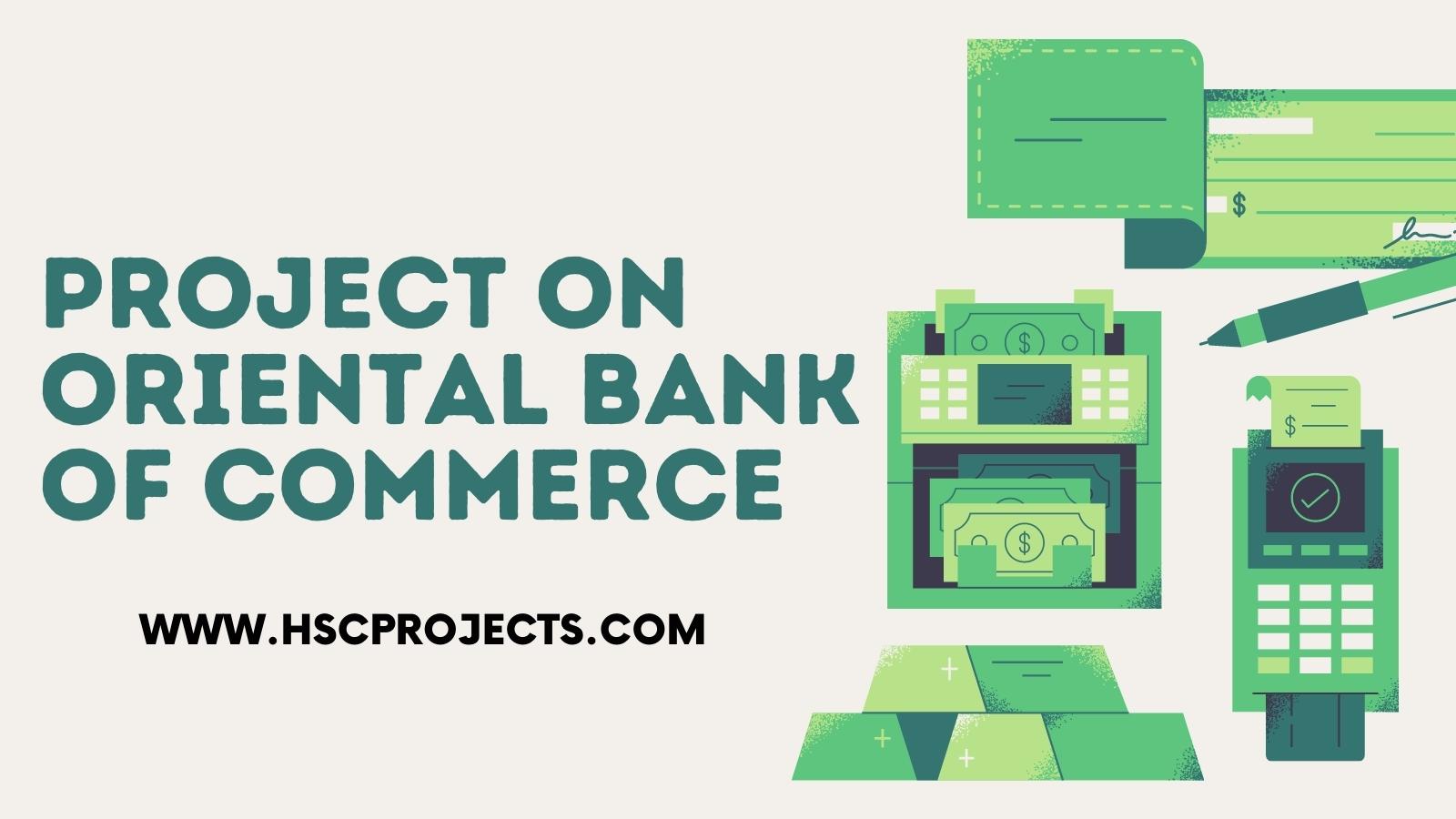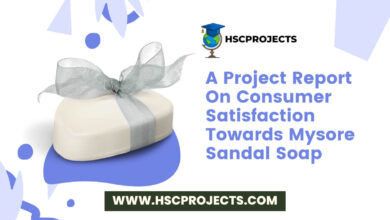
A Project Report On Marketing Of Textile Products
A Project Report On Marketing Of Textile Products With Reference To Mahesh Textiles Pvt. Ltd.
Objective Of Study
Summer training project goal is to help students become effective managers in today’s competitive, global environment. The fundamental unit of work in all organizations is processes; the focus of the project is on the different marketing processes in the field of marketing of the organization. Emphasis is given on discovering the challenge of both managing and understanding the relation of activities throughout the organization with, and how the marketing functions fits into the organization. A project cum training is an essential part of management curriculum. This study was conducted on “Marketing of Textile Products with reference to Mahesh Textiles Pvt.Ltd.
History Of Textile In India
The history of textiles in India dates back to the use of mordant dyes and printing blocks around 3000 BC. The diversity of fibres found in India, intricate weaving on its state-of-art manual looms and its organic dyes attracted buyers from all over the world for centuries. The British colonization of India and its industrial policies destroyed the innovative eco-system and left it technologically impoverished.
Independent India saw the building up of textile capabilities, diversification of its product base, and its emergence, once again, as an important global player. Today, the textile and apparel sector employs 35.0 mn people (and is the 2nd largest employer), generates 1/5th of the total export earnings and contributes 4 per cent to the GDP thereby making it the largest industrial sector of the country. This textile economy is worth US $37 bn and its share of the global market is about 5.90 per cent. The sector aspires to grow its revenue to US $85bn, its export value to US $50bn and employment to 12 million by the year 2010 (Texmin 2005).
Importance Of Study Of Textile
The Indian textile industry is structurally flawed and its efficiency and growth depends upon the corrective measures and their effectiveness. This process of improving the structural aspects of the industry was initiated in the 1985 Textile Policy, which for the first time took a sectoral view of the industry. The government is spelling out the need for an integrated approach whereby all sectors will be modernised synchronously. This integrated approach is felt to help the textile industry to achieve a reasonable level of upgraded production technology and make it strong enough to face the changed competitive global scenario from the year 2005.
In order to meet the changed competitive conditions due to globalisation and liberalisation of the economy, there is an urgent need for upgrading the technology levels currently prevailing in the weaving segment, particularly the YARN & DYED sector. All these call for the preparation and implementation of proper action plan in which all the stake- holders i.e., the government, the weavers and the other interest groups get fully involved. In order to prepare an effective perspective plan spread over 3-5 years of modernisation for this important sector.
Title – A Project Report On Marketing Of Textile Products With Reference To Mahesh Textiles Pvt. Ltd.
Author – Sreekanth Narsaiah Basa
College – Swayam Siddhi College Of Management & Research
In order to download the PDF, You must follow on Youtube. Once done, Click on Submit
Follow On YoutubeSubscribed? Click on Confirm
Download A Project Report On Marketing Of Textile Products PDF






